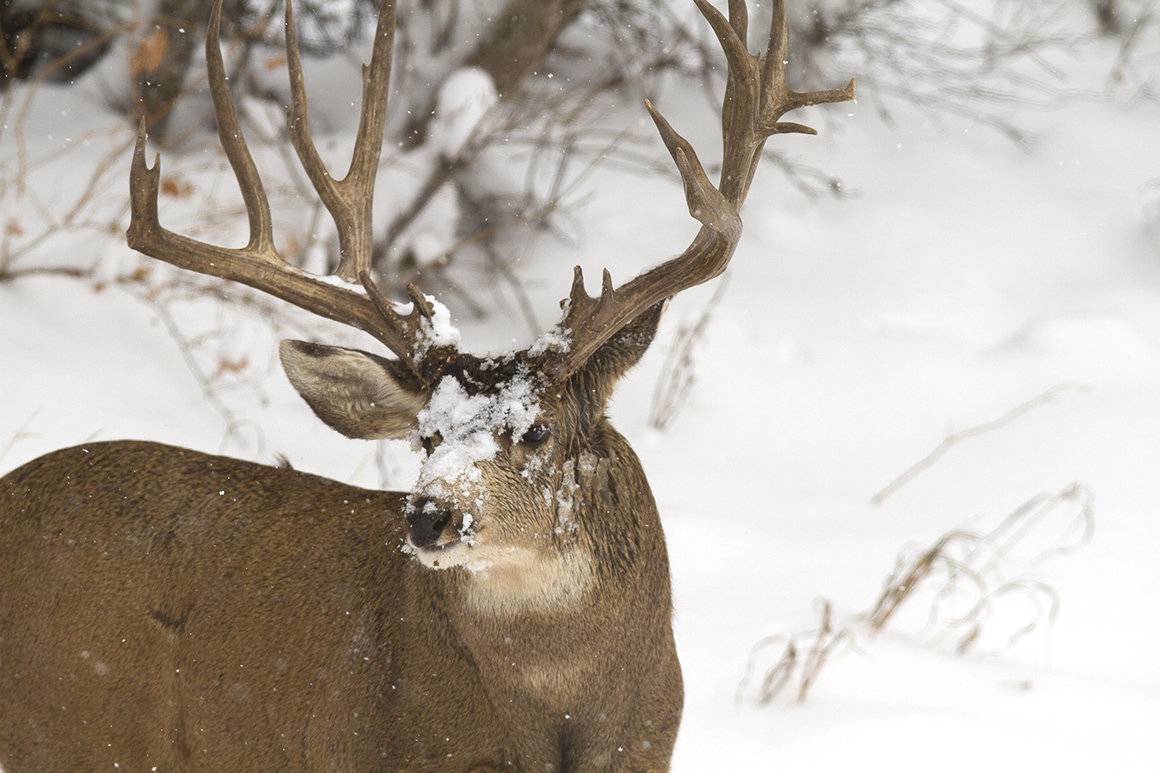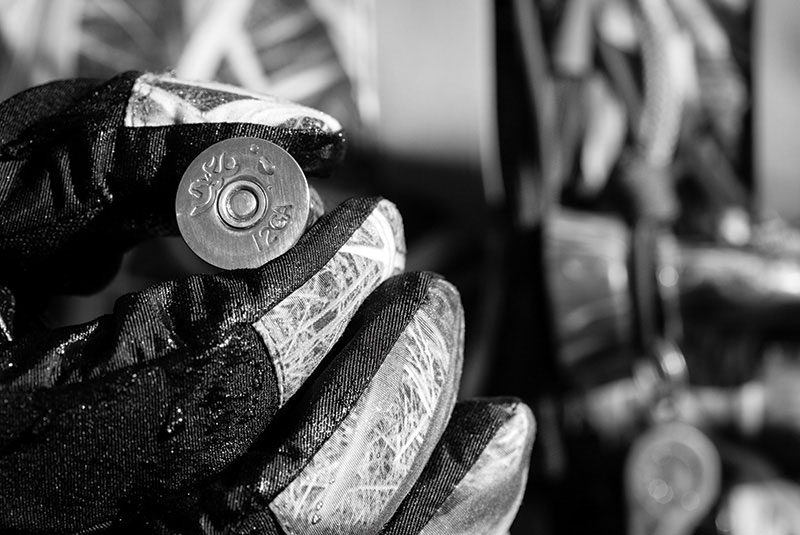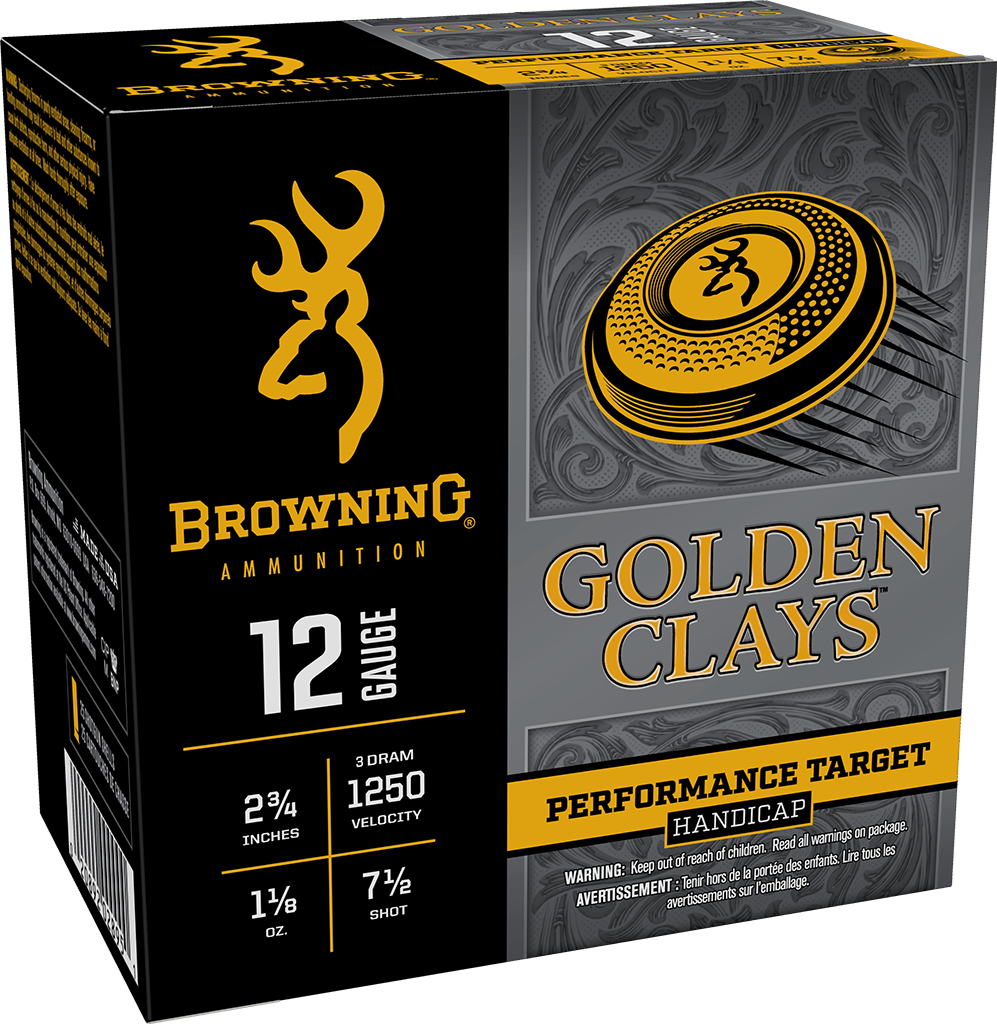Winter is Still Coming – Here is How to Prepare
Last time, we looked at the effects of extreme cold weather on firearms’s functioning. But there are also human and cartridge factors to be considered. We can start with how the cold impacts us and what it does to our shooting.

Deep cold means good insulation; and the fact is that today, there are space-age (literally, having been developed by NASA) insulating materials than can give subzero protection with garments no thicker than windbreakers. Most of us, though, are going to go with more traditional wool and synthetic-fiber (yeah, synthetics have been around long enough, now, to qualify as traditional) insulation, which is going to bulk us up.

Thicker cold-weather clothing will change the way we mount our firearms. It can mean a difference in cheek weld (how our face fits against the combs of our rifles and shotguns), make it harder to reach the trigger, even gum up working a pump slide or a bolt handle. And of course there are gloves, that can make us look like Mickey Mouse waving hello.
If icy blasts are in our future, we should practice shooting in our winter garb. Zip up your cold-weather jacket when you do your practice shooting at the rifle range or on the trap-and-skeet field. Padded clothing, even with thin, high-efficiency insulation, is going to change how it feels to mount and swing and shoot a firearm and the eye relief on your scope; and we want to be well acquainted with what that is like before we head out across the snowy fields. With gloves, we not only want to make sure our fingers fit into trigger guards (some firearms are especially made with oversized ones, and there are warm gloves that are made with shooters in mind) but also how they effect trigger feel. There can be a significant difference from a bare finger to a gloved one in how we experience trigger break, and the only way to get accustomed to it is to practice with gloves on.

Maybe the most esoteric aspect of cold-weather hunting is what it can do to cartridge ballistics and performance. But simply because something is abstract doesn’t mean it doesn’t matter. We understand that high temperatures can increase cartridge pressures. When the British were using cordite as the smokeless propellant in cartridges, they developed “tropical” loads with fewer grains of powder to adjust for the heat in the equatorial regions of the empire. Extreme low temperatures can make powders burn at slower, less energetic rates, and can make primers less effect. For that reason, Browning tests both its shotshell and rifle ammunition for extreme temperatures, even choosing powders, priming mixtures, and plastics, for their shotshells, that can withstand extreme hot and cold. Even the nickel coating they apply to their cartridge cases makes for better feeding and extraction in the cold.

Besides the effects low temperatures can have on the internal ballistics in a firearm’s chamber and barrel, there is what it can do to external ballistics. Cold makes air heavier and harder to push against. So bullet velocities are reduced from what they would be in warmer conditions. At reasonable hunting distances, this probably won’t bring about any critical variation in the point of impact on big game; but the story changes at long range. If you feel competent enough to make long shots, you will probably use a ballistics calculator to come up with a firing solution; and temperature will figure into that. If it sounds complicated, well, it is, and probably a little more than I suggest. Save yourself the trouble and keep your shots within a maximum of 300 yards off a solid rest. That’s the way to chill out.
Follow Browning Ammunition’s social media channels for more hunting and shooting tips and updates on Browning Ammunition supported events and promotions on Facebook, You Tube, Instagram and Twitter.



